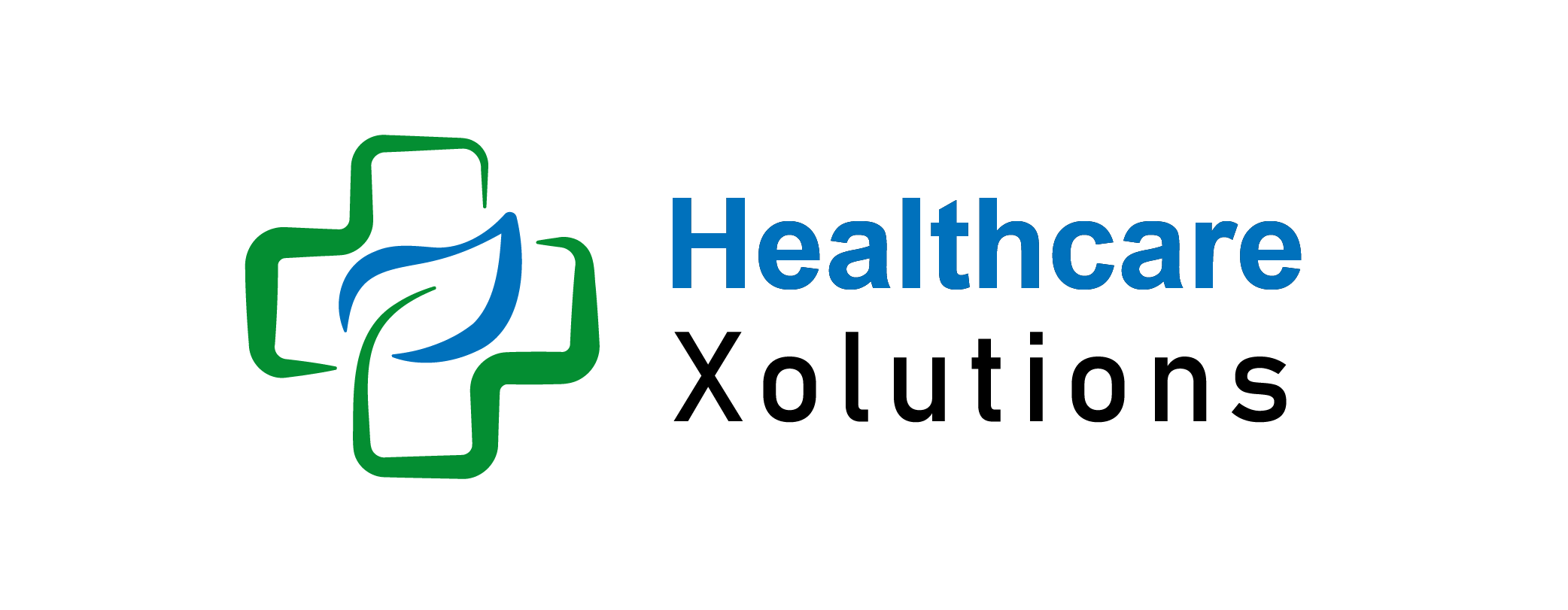How To Choose Health Insurance For Young Adults | Complete Guide 2025

Navigating the world of health insurance can be intimidating for young adults. Whether you’re stepping off your parents’ plan or securing your first coverage through work, understanding your options is critical. As of 2024, approximately 5.7 million young adults are expected to benefit from Affordable Care Act (ACA) provisions that extend coverage to age 26. Whether you’re under 26 or over, finding the right health insurance plan can ensure your financial security and provide access to essential healthcare.
In this article, we will guide you how to choose health insurance as a young adult. Explore expert tips on coverage, premiums, and finding a plan that fits your lifestyle and budget.
Key Takeaways:
- Young adults can stay on their parents’ health insurance plan until age 26.
- Health insurance plans offer different levels of coverage: HMO, PPO, EPO, and POS.
- Compare not only premiums but also deductibles, co-pays, and out-of-pocket maximums.
- Access to preventive care and mental health services should be factored into choosing a plan.
- Free or subsidized health insurance is available for many young adults under 26.
Table of Contents
What is Health Insurance?
Health insurance is a contract between you and an insurance company that helps cover your medical expenses in exchange for a premium (monthly payment). It can reduce the cost of medical treatments, including doctor visits, hospital stays, and prescriptions.
Key Terms To Know:
- Premium: The amount you pay monthly for the insurance coverage.
- Deductible: The amount you must pay out of pocket before the insurance starts covering costs.
- Co-pay: A fixed amount you pay for certain services, such as $30 for a doctor’s visit.
- Coinsurance: The percentage of medical expenses you pay after meeting your deductible (e.g., you pay 20%, and insurance pays 80%).
- Out-of-Pocket Maximum: The maximum amount you’ll pay in a year before insurance covers 100% of costs.
- Network: The group of doctors, hospitals, and providers that work with your insurance plan.
Why Health Insurance Matters For Young Adults?
Health insurance is not just a safety net; it’s an investment in your health and financial future. Unexpected medical emergencies or even routine care can quickly become expensive without insurance. In fact, 80% of young adults under 26 qualify for subsidized health insurance through the ACA, making it more affordable than ever.
Key Factors To Consider When Choosing Health Insurance:
1. Assess Your Health Needs and Frequency of Care:
- Do you have any chronic conditions or take medications regularly? Young adults with minimal medical needs might prefer a high-deductible plan with lower premiums, while those who require more frequent care may need a more comprehensive option.
2. Compare Costs Beyond Premiums:
Don’t just focus on the monthly premium. Be sure to evaluate:
- Deductibles: How much you must pay out-of-pocket before insurance kicks in.
- Co-pays and Co-insurance: Your share of medical costs.
- Out-of-Pocket Maximums: The maximum you’ll pay before insurance covers 100% of costs.
3. Check Network Providers and Coverage Options:
- Ensure your preferred doctors, specialists, and hospitals are in-network. Some plans may offer additional coverage like dental, vision, and mental health services, which can be beneficial for young adults.
Health Insurance Plan Types Explained For Young Adults:
Understanding the differences between health insurance plans can help you make the best choice. Here’s a breakdown of the most common types:
- HMO (Health Maintenance Organization): Offers lower costs but limits you to in-network providers.
- PPO (Preferred Provider Organization): More flexibility to choose providers, though at a higher cost.
- EPO (Exclusive Provider Organization): Similar to HMO but without the need for referrals.
- POS (Point of Service): A hybrid of HMO and PPO, requiring referrals for specialists.
How To Choose Health Insurance As A Young Adult: Steps To Follow
- Evaluate Your Health Needs: Think about your current medical conditions, the frequency of doctor visits, and whether you need any special services (like mental health care or prescriptions).
- Review Your Budget: Understand how much you can afford to pay in monthly premiums, deductibles, co-pays, and out-of-pocket maximums.
- Compare Plan Types: Understand the differences between HMO, PPO, EPO, and POS plans. Choose the one that best fits your healthcare preferences and budget.
- Check Provider Networks: Ensure your favorite doctors and hospitals are covered under your chosen plan’s network.
- Consider Subsidies: If you’re under 26, explore whether you qualify for free or subsidized health insurance through the ACA or your employer.
Tips For Affordable Coverage:
- Stay Healthy: Preventative care helps minimize future healthcare costs.
- Use Telemedicine: It’s often cheaper than in-person visits.
- Understand Preventative Care Benefits: Most plans cover annual checkups and vaccines at no cost.
Conclusion – How To Choose Health Insurance As a Young Adult:
Choosing the right health insurance as a young adult might seem challenging, but with careful evaluation and informed decisions, you can find a plan that fits your lifestyle and budget. Start by assessing your needs, comparing options, and leveraging available benefits to ensure you’re covered for both expected and unexpected healthcare needs.
FAQ’s:
What insurance is best for young adults?
The best health insurance for young adults balances affordability with necessary coverage. Options like ACA plans, employer-sponsored insurance, or staying on a parent’s plan until age 26 are all good choices.
What happens if I don’t have health insurance?
Without insurance, you’re responsible for all healthcare costs, which can be financially devastating in emergencies.
How can I lower my health insurance costs?
Look for plans with subsidies, explore high-deductible options if you’re healthy, and use in-network providers to minimize expenses.
